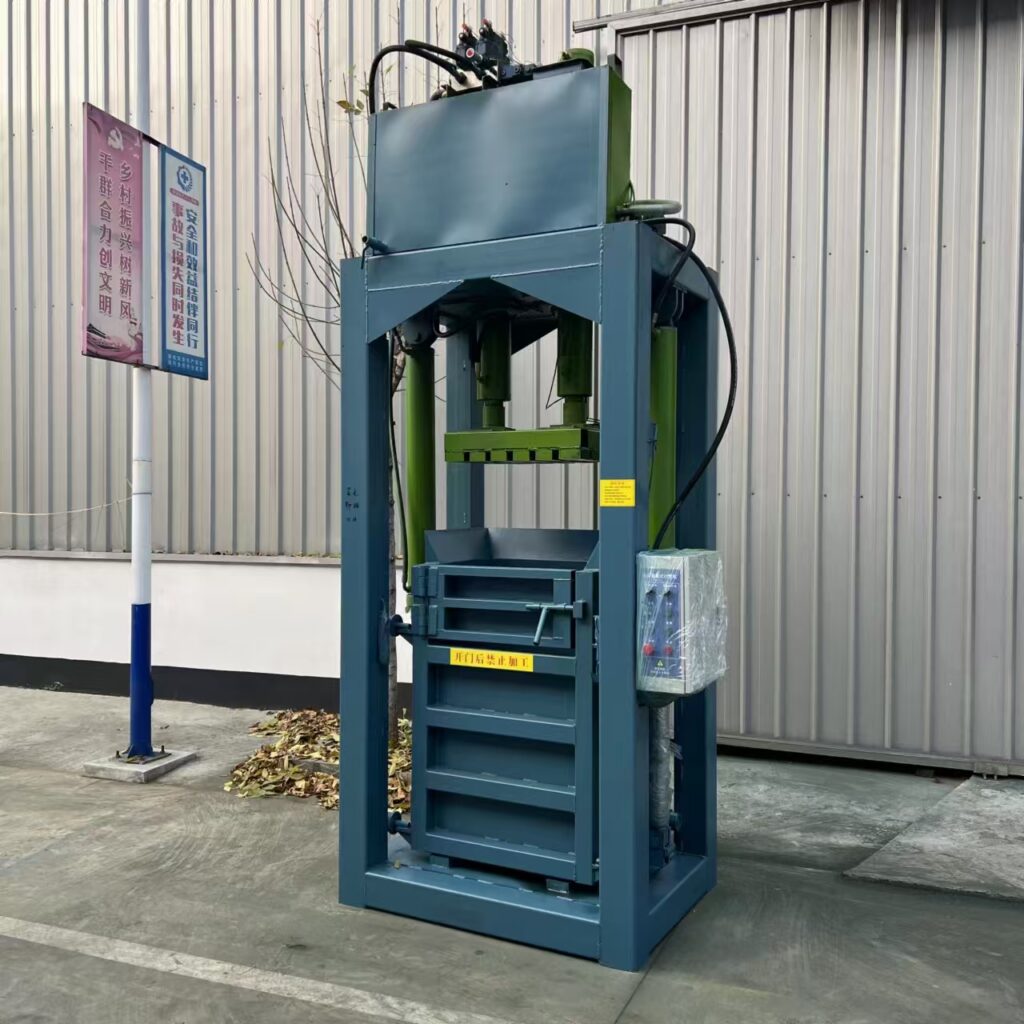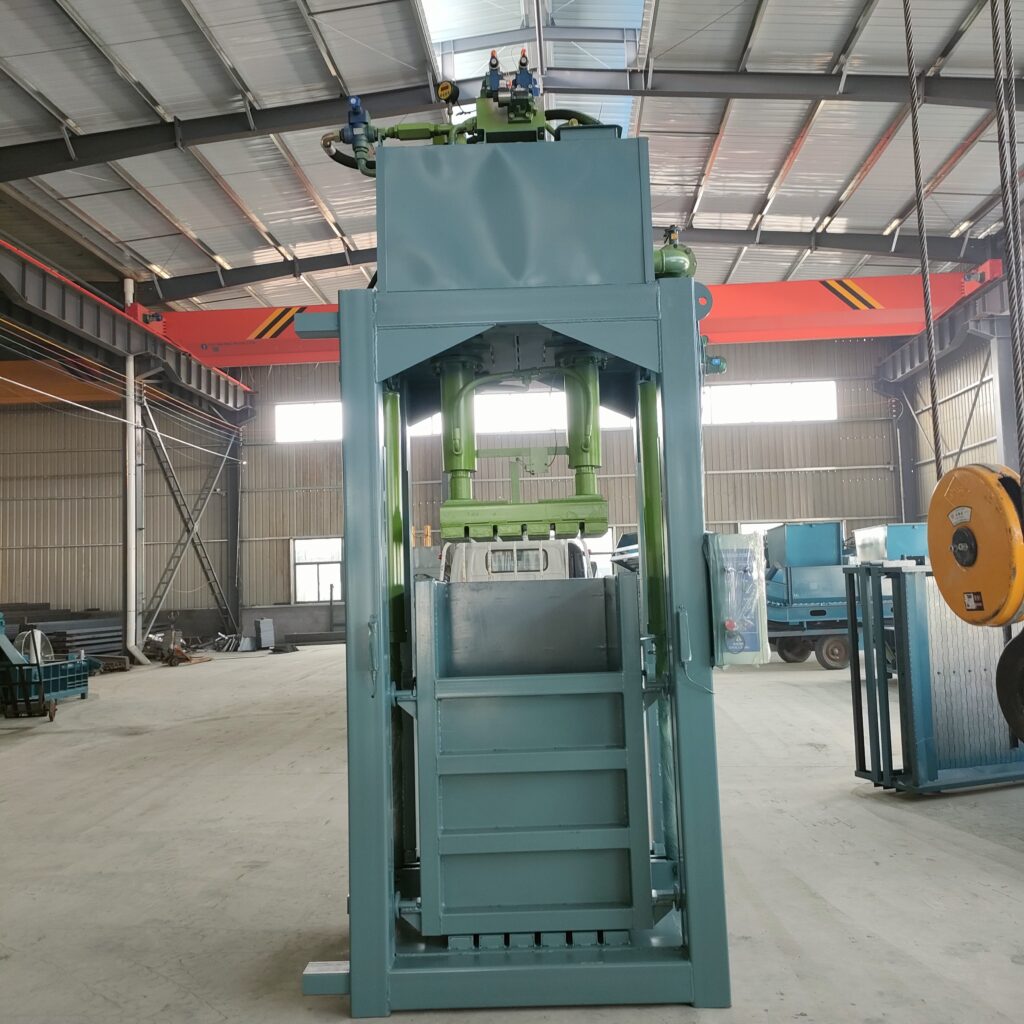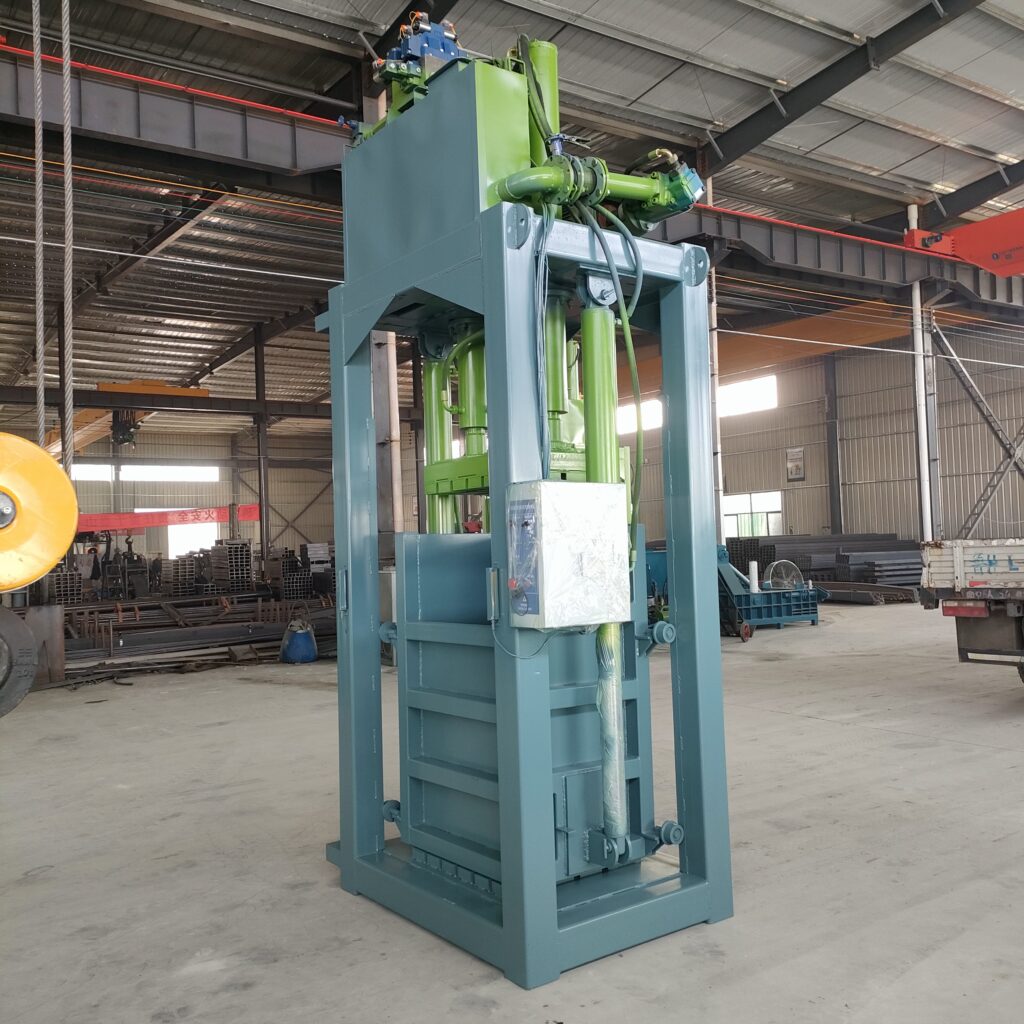What is a Baler Machine?

A baler machine is an industrial device designed to compress recyclable materials or waste into compact, stackable bales for easier handling, storage, and transportation. These machines play a vital role in industries that generate large amounts of waste, including logistics, retail, recycling, agriculture, textiles, and manufacturing.
Balers can process a wide variety of materials, such as:
-
Cardboard and paper
-
Plastic bottles (PET, HDPE)
-
Aluminum cans
-
Old clothes and textiles
-
Rubber tires
-
Scrap metal
Types of Baler Machines
Balers are categorized based on structure, operation, and level of automation:
-
By Structure:
-
Vertical balers (downstroke balers): Compress waste from top to bottom. Ideal for smaller spaces and lower volumes.
-
Horizontal balers: Compress waste side-to-side. Designed for high-volume operations with higher throughput. Often equipped with conveyors for automatic feeding.
-
-
By Automation:
-
Manual balers: Require human operation for loading, strapping, and bale ejection.
-
Semi-automatic balers: Automate certain steps such as compression and bale ejection, but still require some manual involvement.
-
Fully automatic balers: Handle feeding, compacting, strapping, and ejection with minimal human input—perfect for large-scale recycling facilities.
-
-
By Material:
-
Textile balers: For compressing clothes, cotton, or fibers.
-
Metal balers: For scrap metal processing.
-
Plastic balers: For PET bottles, films, and plastic packaging.
-
Regardless of type, all balers follow the same principle: converting bulky, loose waste into dense bales that are easy to move, store, and recycle.
Why Use a Baler Machine?

Using a baler machine offers economic, operational, and environmental advantages:
✅ Key Benefits
-
Space Saving – Reduces waste volume dramatically, freeing up valuable floor space.
-
Better Organization & Safety – Eliminates piles of loose waste, reducing fire risks and workplace hazards.
-
Lower Transportation Costs – Compact bales maximize truckloads and cut down on trips.
-
Revenue from Recycling – Recycling companies often pay more for baled and sorted waste than for loose materials.
-
Sustainability – Encourages recycling and helps businesses meet environmental regulations.
-
Operational Efficiency – Semi-automatic and automatic balers cut labor costs and speed up processing.
-
Enhanced Corporate Image – Supports green initiatives and boosts a company’s environmental reputation.
👉 In short, baler machines turn waste management from a cost burden into a cost-saving, and even profit-generating, process.
How to Use a Baler Machine?

Operating a baler is simple, but safety and proper training are essential.
Step 1: Preparation
-
Ensure the baler is installed on a stable, flat surface and connected to a proper power supply.
-
Wear protective gear (gloves, safety glasses, steel-toe boots).
-
Inspect the machine (oil levels, seals, chamber cleanliness) before use.
Step 2: Loading
-
Vertical balers: Manually load waste into the chamber from the top/front.
-
Horizontal balers: Load waste through a conveyor or chute for continuous feeding.
Step 3: Compaction
-
Close the chamber door securely.
-
Start the compression cycle using the control panel.
-
The hydraulic ram compresses the material until it reaches the set pressure.
Step 4: Bale Tying
-
Secure the compressed bale with plastic or steel strapping.
-
Some advanced balers automatically tie the bales.
Step 5: Ejection & Storage
-
Eject the bale using the built-in mechanism (manual or hydraulic).
-
Remove and store the finished bale, ready for transport or recycling.
Step 6: Maintenance
-
Regularly check hydraulic oil, seals, and cylinders.
-
Clean the compression chamber.
-
Follow the manufacturer’s maintenance schedule to extend lifespan and ensure safety.
Conclusion
A baler machine is more than just waste equipment—it’s an investment in efficiency, sustainability, and profitability. By reducing waste volume, cutting transport costs, improving workplace safety, and increasing recycling revenue, balers have become indispensable in modern industries.
Whether you choose a vertical baler for small spaces or a fully automatic horizontal baler for large-scale recycling, the right machine can transform waste management into a cost-saving and eco-friendly process.
